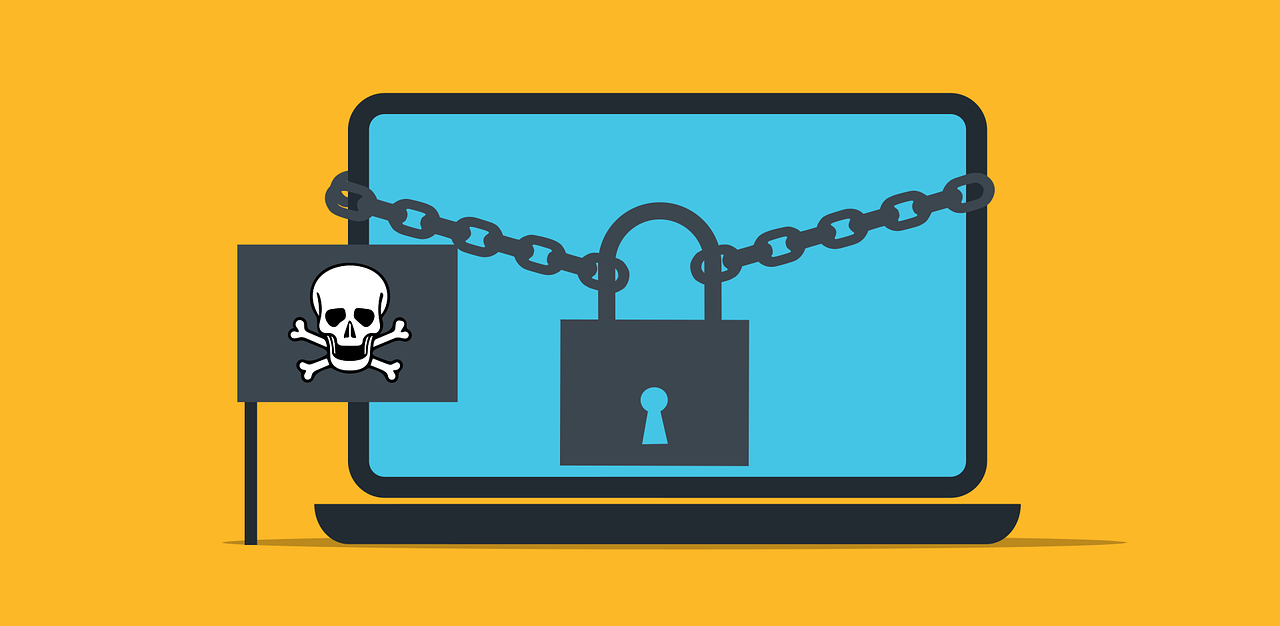Ransomware assaults are increasingly becoming a dangerous threat to both individuals and corporations. These devastating attacks can lead to locked up data, stolen and leaked information, and chaos for targeted entities. This article will guide you through the basics of how ransomware encrypts files, the impact of such attacks, and strategies to protect against them.
Encryption: The Key to Ransomware Attacks
Ransomware, a type of malware, encrypts files on a victim’s computer, making them inaccessible. The attackers then demand a ransom, typically in Bitcoin, to provide the decryption key to restore access to the encrypted data. The process of encryption used by ransomware is complex and often involves different types of cryptography, including symmetric ciphers like AES and DES, as well as asymmetric ciphers that require public and private keys.
How Ransomware Encrypts File
When ransomware infects a system, it begins the encryption process. It targets specific file types, such as .docx, .xlsx, .jpeg, .png, .sql, .avi, and .mp4, among others. The ransomware encrypts these files using a mathematical key known only to the attacker. This encryption process is often so extensive that the files are literally transformed and become completely unreadable without the decryption key.
The Impact of Ransomware Attacks
Successful ransomware attacks can have devastating consequences. Victims may lose access to important files and data, which can lead to significant operational and financial losses. In some cases, ransomware attacks have even led to the complete shutdown of businesses.
Moreover, ransomware threats are evolving. Some modern strains of ransomware not only encrypt files but also exfiltrate data before encryption, adding an additional layer of threat. Attackers can then threaten to leak the stolen data unless the ransom is paid, a tactic known as double extortion.
Protecting Against Ransomware
Protecting against ransomware attacks involves a combination of preventive measures and robust security practices. Regularly updating and patching systems can help close security vulnerabilities that ransomware might exploit. You can implement virtual patching for all your supported computers, in case applying patches for organizations cannot be done immediately. You may try Trend Micro Deep Security for your virtual patching solutions.
Implementing strong user authentication and training staff to recognize and avoid potential phishing attacks are also crucial steps.
Regular backups of important data are one of the most effective defenses against ransomware. If a system is infected, backups may allow the restoration of files without needing to pay a ransom. However, it’s important to ensure that backup systems themselves are secure, as some ransomware strains can also target backups.
Read also: 20 Ransomware Attacks Examples
Conclusion
Understanding how ransomware encrypts files is the first step in protecting against these dangerous cyber threats. By implementing strong security practices and maintaining regular backups, individuals and businesses can significantly reduce their risk of falling victim to a ransomware attack.
IT Security / Cyber Security Experts.
Technology Enthusiasm.
Love to read, test and write about IT, Cyber Security and Technology.
The Geek coming from the things I love and how I look.
